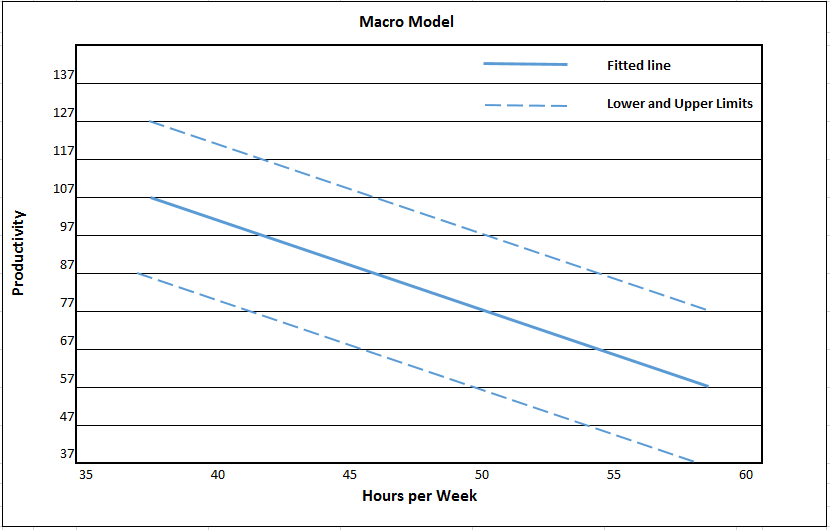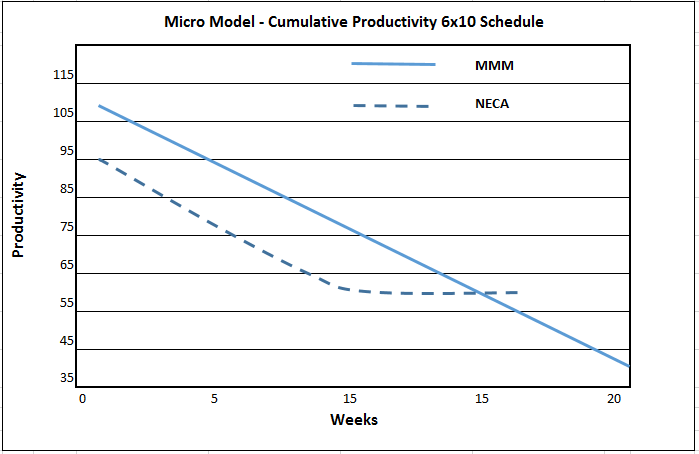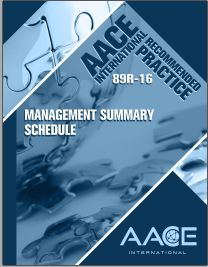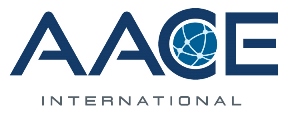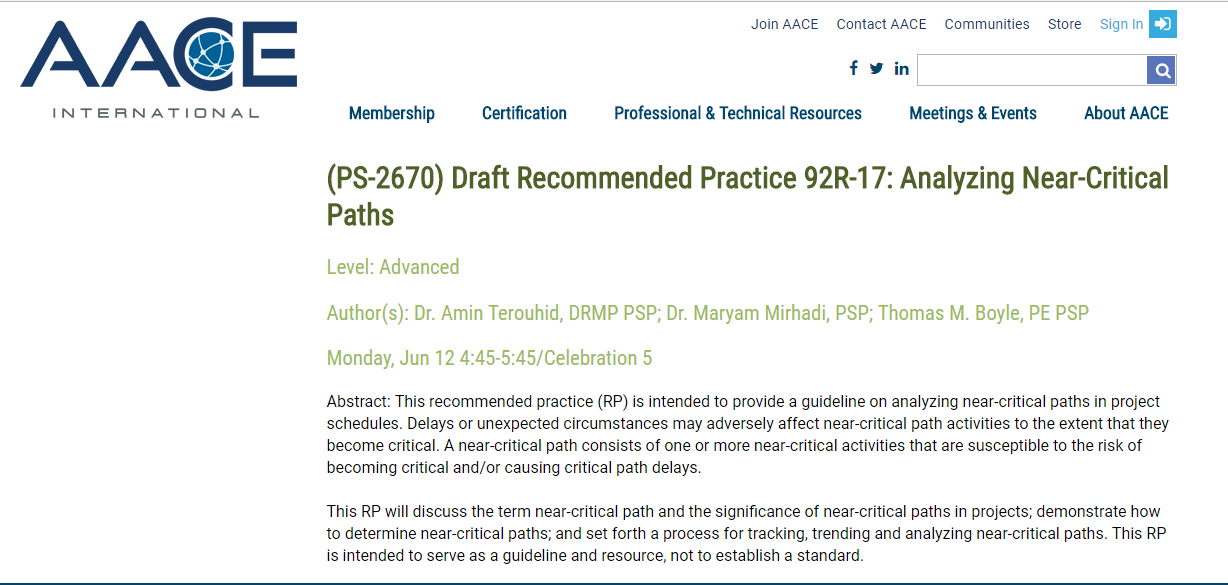Dr. Maryam Mirhadi, PMP, PSP
One of the factors with adverse effects on labor productivity is shiftwork. Shiftwork is defined as working other than regular daytime hours. Shiftwork is the most commonly utilized alternative to overtime; however, these two methods may be used together so that segregating the two may not be straightforward. It is also important to note that overtime and shiftwork adversely influence productivity in a generally similar way.
When work is performed on a shiftwork basis, labor productivity is adversely affected because of reasons such as stress on circadian rhythms, additional resource or preparation needs, or other factors such as additional coordination, labor, and supervision. These factors need to be considered when work on a shiftwork is scheduled to ensure informed decisions are made.
One of the key issues with shiftwork is its adverse effect on circadian rhythms. Circadian rhythms are the approximate 24-hour variations in bodily functions in individuals. The key cyclic changes that occur in bodily functions in individuals include sleep patterns, blood pressure, heart rate, and core body temperature. Bodily functions tend to increase right after awakening, increase in midafternoon, and then steadily decrease in the middle of the night. As such, those who need to perform on a shiftwork basis typically experience a degradation in performance.
Although the body of those individuals who perform on a shiftwork basis tend to adapt to night work, the circadian rhythm does not in fact completely shift and bodily adjustment periods tend to be long. Some indications that may suggest shiftwork has adversely affected an individual’s body include higher rates of accidents and error in performing tasks, fatigue, appetite loss, increased sickness rates, digestive problems, and other health problems.
Consequences of shiftwork are not limited to those effects that adversely affect the circadian rhythms of individuals who perform on a shiftwork basis. Other issues with shiftwork include the following:
1- The adverse effects of shiftwork on social interactions and negative effects on family life of those who perform on a shiftwork basis.
2- Dilution of supervision typically occur as a result of shiftwork because the supervising team may not use the same working pattern than the working pattern used by shift-working individuals.
3- Challenges in exchanging performance information among individuals who work in different shifts.
4- Higher work setup times. Different shift-working teams tend to work with the same set of tools, machinery, and equipment; therefore, work setup times are typically higher when multiple teams (instead of one team) use the same set of tools, machinery, and equipment. In addition, extra time is needed in shiftwork for the process of hand-over and transition from one shift to another.
5- Work environment considerations: Since shiftwork is performed in hours other than daytime hours, work environment considerations need to be identified. Examples include natural lighting vs. artificial lighting and additional demands for air conditioning.
All of the above-mentioned factors adversely influence work performance in performing tasks that are implemented on a shiftwork basis. Moreover, successful implementation of the work that needs to be performed on a shiftwork basis typically requires additional resources to accommodate the shift project. Additional resources that are generally needed to support shiftwork can be categorized into the three main categories of labor, supervision and job-specific costs. Each of these categories are further discussed in the following:
1- Labor needs
Shiftwork typically requires hiring of additional personnel; however, it is important to note that, because of the learning curve effect, the efficiency level of new hires are typically lower than the efficiency of the current team members. In addition, employers need to pay for shift premium differentials, as needed. Other labor-related considerations that need to be given to shift-working include long bodily adjustment periods, especially for those individuals who are not used to shift-working, higher accident and error rates in performing shiftwork, higher likelihood of improper alcohol consumption before or during shiftwork, and poor attitude towards shiftwork.
2- Supervision needs
Adequate supporting and supervisory personnel are needed when a work is performed on a shiftwork basis. Establishing relationship between work shifts and proper hand-over process between shifts are also important to ensure the work smoothly progresses across different work shifts.
3- Job-specific needs
Examples job-specific needs that have to be evaluated include safety requirements, higher demands for air conditioning or heat equipment to perform shiftwork, and adequacy of equipment, tool, machinery, and material to ensure enough resources are available on-site to make progress as expected.
A number of studies address the adverse effects of shiftwork on productivity. Some of the key studies include the Bureau of Labor Statistics, the Business Roundtable, NECA 1969 study, and the Construction Industry Institute (CII). The American Association for Cost Engineering (AACE) has identified some of the recommended specialized studies that can be used to evaluate the adverse effects of shiftwork on productivity (AACE, 2004). AACE categorizes the specialized studies related to overtime and shiftwork into the same category because these two areas overlap and the adverse effects of overtime and shiftwork on productivity are similar
One set of models that are often used to assess the adverse impact of shiftwork and/or working overtime on labor productivity is the work of Hanna and Haddad (2009), which is a modified version of the NECA study. The work of Hanna and Haddad (2009) proposes using macro and micro approaches. The macro approach is used for projects in which no specific overtime schedule is used whereas the micro approach is used in projects in which a fixed overtime schedule (e.g., such as six 10 hour days per week throughout a certain number of weeks) is utilized. Both models indicate that as the number of weekly hours worked increase, the labor productivity declines. The following two figures illustrate these two models:
.
(Adapted from the work of Hanna and Haddad (2009))
In Figure 1 a regression line is fitted to the data which plots the performance factor index (i.e., earned hours / actual hours) against the total hours worked per week. Figure 2 plots productivity against the number of weeks in which a fixed overtime schedule (e.g., such as six 10 hour days per week throughout a certain number of weeks) is utilized. Since this model uses Measured Mile Method (MMM) to calculate productivity loss in periods with and without overtime, the outcomes of the model are shown as MMM. These outcomes are compared against the NECA 1969 study.
In sum, shiftwork is one of the methods that are used to accelerate projects. It is important to note, however, that, similar to working overtime, shiftwork has adverse effects on labor productivity. Some of the key issues with shiftwork include its adverse effect on circadian rhythms, dilution of supervision, challenges in exchanging performance information among individuals who work in different shifts, the adverse effects of shiftwork on social interactions, and higher work setup times. The methods used to assess the adverse effects of shiftwork on productivity overlap with the methods used to evaluate the loss of labor productivity due to overtime because the adverse effects of overtime and shiftwork on productivity are similar.
References:
AACE International (2004), Recommended Practice 25R-03 Estimating Lost Labor Productivity in Construction Claims, AACE International, Morgantown, WV.
Hanna, A. S., & Haddad, G. (2009). Overtime and productivity in electrical construction. In Construction Research Congress 2009: Building a Sustainable Future (pp. 171-180).
—
Our posts to the Insights page share fresh insights and seasoned advice about many project and construction management topics. To have the Insights monthly newsletter delivered automatically to your email inbox, please subscribe here.


